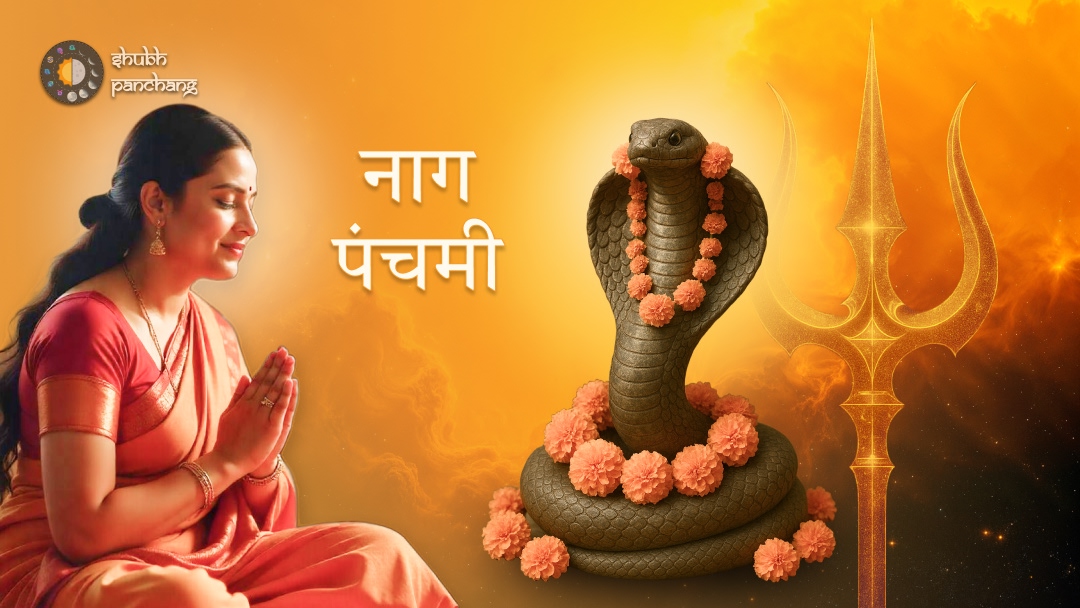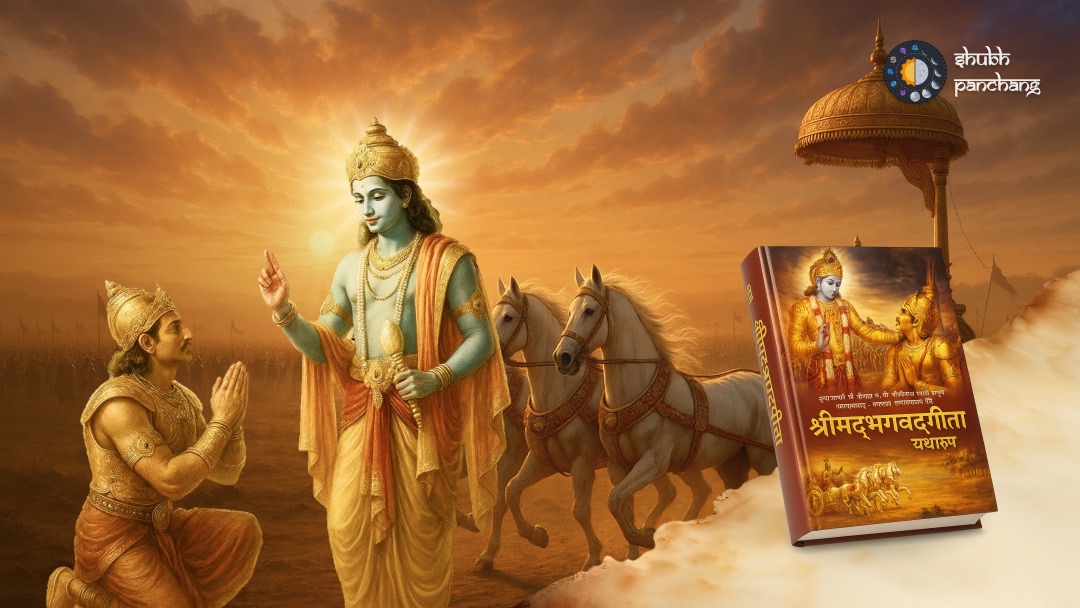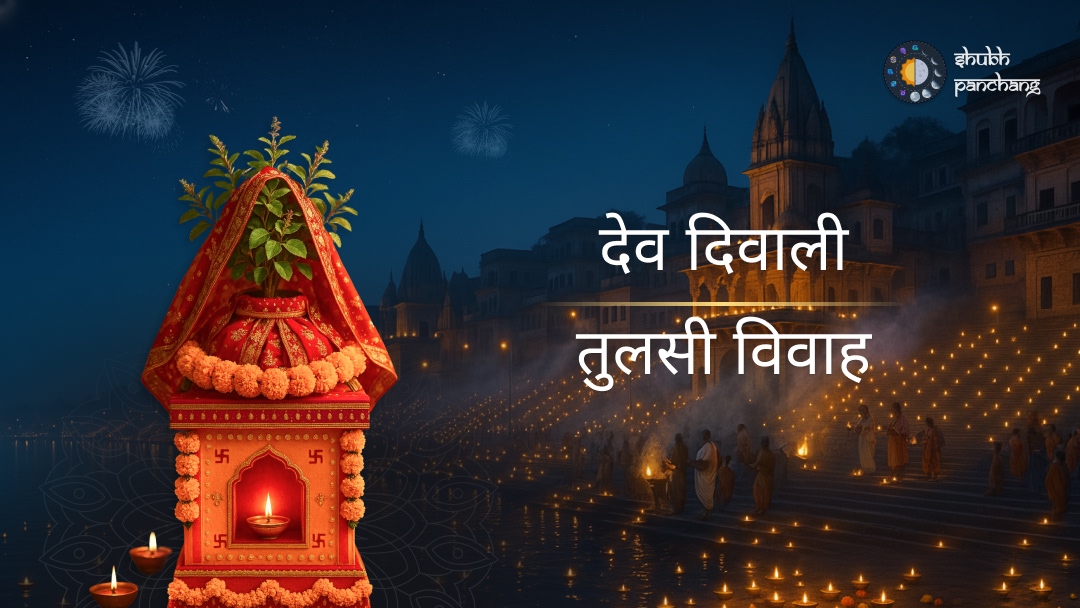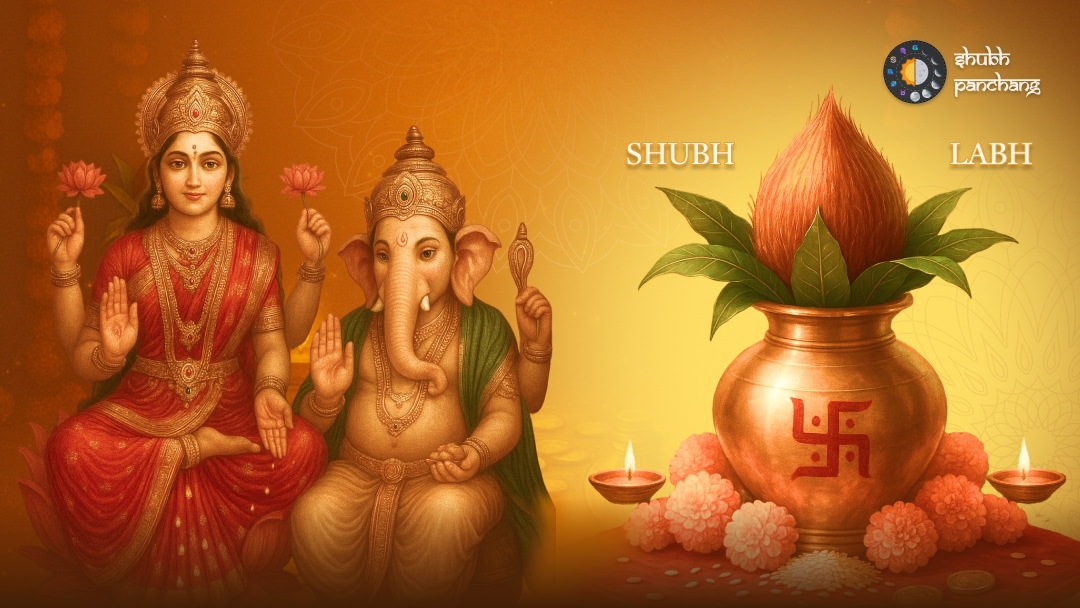
Unveiling the Essence of Nag Panchami
Have you ever wondered about the day when snakes are revered and worshipped in Hindu tradition? It's a question that has fascinated me for years, leading me to explore the depths of Nag Panchami. This unique festival, celebrated with immense devotion, is all about paying homage to Nag Devtas, the serpent gods. It's a day filled with rich symbolism, ancient stories, and heartfelt prayers for protection. But what if I told you there's more to it than just offering milk to snakes? Let's unravel the mysteries and traditions behind Nag Panchami together.
When is Nag Panchami Celebrated?
Nag Panchami falls on the Panchami Tithi (fifth day) of the Shukla Paksha (waxing phase of the moon) in the Shravan month of the Hindu calendar. This typically corresponds to July or August in the Gregorian calendar. I've noticed, over the years, that the anticipation for this festival builds as Shravan approaches. The Shravan month itself is considered highly auspicious, dedicated to Lord Shiva, and Nag Panchami adds another layer of spiritual significance to this time. The exact date varies each year depending on the lunar cycle, so it's always a good idea to consult a reliable Panchang to confirm the precise timing. Panchang as your cosmic GPS helps you navigate through the auspicious timings.
The Significance of Nag Devtas
At the heart of Nag Panchami lies a deep connection with Nag Devtas – the serpent gods. These deities are revered as powerful protectors and symbols of fertility, renewal, and cosmic energy. Think of Ananta Shesha, the serpent upon whom Lord Vishnu rests, or Vasuki, the serpent used to churn the ocean of milk (Samudra Manthan). These are just a few examples of the prominent roles snakes play in Hindu mythology. After years of practice, I've realized that the reverence for snakes stems from both awe and respect for their potent nature – they can be life-givers and protectors, but also represent danger and transformation.
The Tale of the Farmer's Sons
One of the most popular stories associated with Nag Panchami is the tale of a farmer's sons. The story goes that a farmer, while tilling his field, unknowingly killed some baby snakes. The mother snake, enraged and grief-stricken, sought revenge. She bit and killed the farmer, his wife, and all but one of their children. The surviving daughter-in-law, filled with remorse and compassion, offered milk to the snake and begged for forgiveness. Impressed by her sincerity, the snake not only forgave her but also brought her family back to life. This story emphasizes the importance of showing reverence to snakes and avoiding unnecessary harm to any living creature. It's a powerful reminder that every life, no matter how small, is precious.
How Nag Panchami is Observed
The observances of Nag Panchami vary across different regions of India, but the core principle remains the same: to honor and appease the serpent gods. Here are some common practices:
- Offering Milk: One of the most well-known rituals involves offering milk to snake idols or even live snakes. While the intention is pure, it's important to note that snakes cannot digest milk properly, so this practice should be approached with caution and under the guidance of knowledgeable individuals.
- Drawing Nag Images: In many households, women draw images of snakes on the walls or floors of their homes using rice flour or other natural materials. These drawings are then worshipped and offered prayers.
- Prayers and Mantras: Devotees chant prayers and mantras dedicated to Nag Devtas, seeking their blessings for protection from snakebites, ill health, and negative influences.
- Special Foods: Special dishes are prepared and offered to the serpent gods, and then distributed as Prasad (blessed food) among family and friends.
Religious and Cultural Significance
Nag Panchami holds profound religious and cultural significance, especially in regions like Gujarat, Maharashtra, and South India. In these areas, the festival is celebrated with great enthusiasm and elaborate rituals. I've noticed that in Maharashtra, for example, live snakes are often carried from house to house by snake charmers, and people offer them milk and prayers. In South India, elaborate processions are organized, with devotees carrying snake idols and chanting devotional songs. Beyond the religious aspect, Nag Panchami also serves as a reminder of our interconnectedness with nature and the importance of maintaining ecological balance. It's a day to reflect on our relationship with the animal kingdom and to appreciate the vital role that snakes play in the ecosystem.
Embracing Reverence and Protection
Initially I thought Nag Panchami was simply about fearing snakes, but then I realized it's a celebration of respect, nature, and protection. Wait until you discover the impact it has on communities! After delving into its traditions and stories, I've come to appreciate the festival's deeper meaning. It's not just about offering milk to snakes; it's about acknowledging the power and importance of these creatures in our lives and seeking their blessings for well-being. As you celebrate Nag Panchami, remember to approach it with reverence, understanding, and a genuine desire to connect with the natural world. Show reverence to all beings. Reflect on the balance between respect and fear.







